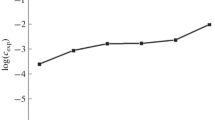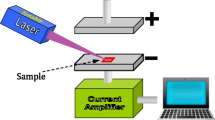Abstract.
“Trace” elements may be defined as elements whose concentrations are of a similar order to the detection limit. In WD analysis the detection limit is a function of the ‘figure of merit’ P2/B, where P is the pure-element peak intensity and B the background intensity. With normal analysis conditions detection limits of ∼100 ppm are typical, but substantial improvements can be achieved by using higher values of accelerating voltage and beam current. Long counting times are also advantageous, but should preferably be divided into relatively short alternating peak and background measurements to minimise the effect of instrumental drift. Using separate routines for trace and major element analysis is desirable owing to their different requirements. As the statistically defined detection limit is reduced, errors due to background nonlinearity and interferences (overlaps) from other elemental peaks become more probable. Spectrum simulation is useful for optimising background offsets and choice of crystal to minimise interferences, and estimating interference corrections when these are necessary. ‘Blank’ standards containing none of the trace elements of interest are also useful for quantifying background nonlinearity.
Similar content being viewed by others
Author information
Authors and Affiliations
Rights and permissions
About this article
Cite this article
Reed, S. Quantitative Trace Analysis by Wavelength-Dispersive EPMA. Mikrochim Acta 132, 145–151 (2000). https://doi.org/10.1007/s006040050055
Published:
Issue Date:
DOI: https://doi.org/10.1007/s006040050055




